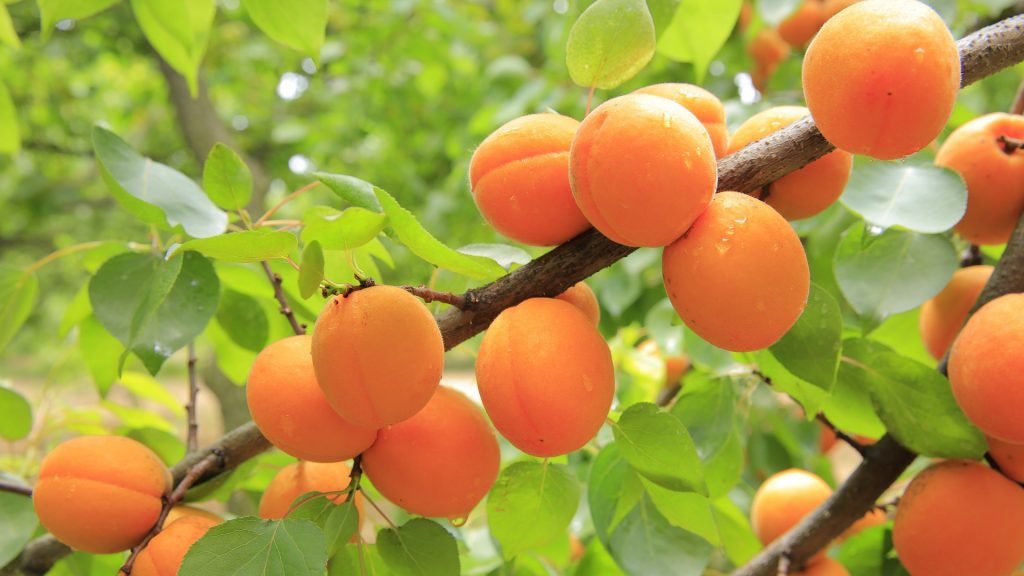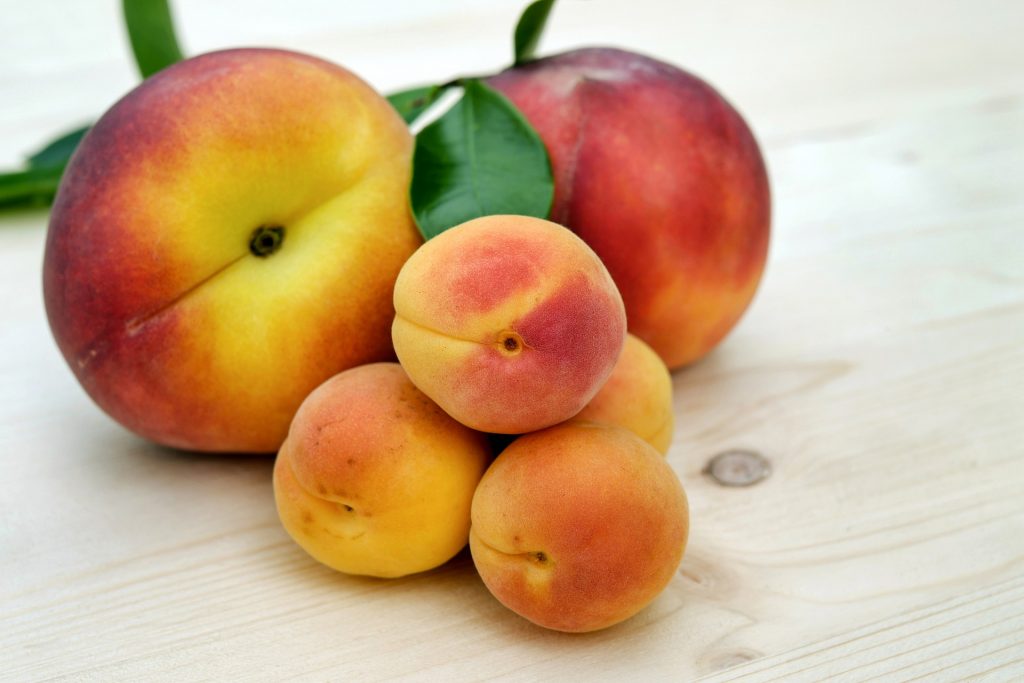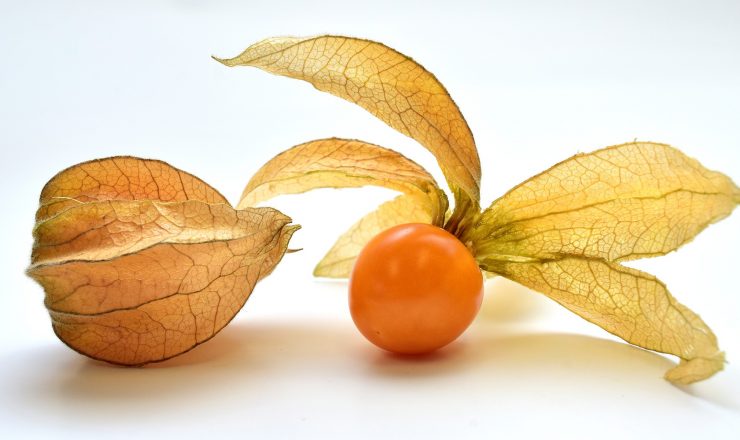What Are The Different Types Of Apricots?
Apricots, also known by their scientific name, Prunus armeniaca, are tiny fruits that not only have a bold flavor profile, but also contain many important nutrients. This type of fruit have a milder taste than peaches, and they contain many anti-oxidants as well as fiber.
A native plant of Central Asia, apricots have been grown and harvested for over 1000 years.
Although the state of California is a major hub for the production of apricots for commercial use, this type of fruit can also be grown in the back yard because they don’t require a lot of space and they’re easy to grow.
In addition, many apricot trees are self-pollinating.
Apricot trees usually bloom early, and this is one of the reasons why apricot crops are susceptible to late season frosts that occur in late March and April. However, when they are in bloom, these trees create a beautiful coating of pink and white flowers that signal the end of a cold winter and the beginning of spring.
Depending on the type of apricot tree, this type of fruit can easily thrive in plant hardiness zones from 4 up to 9.
Types of Apricots

There are several different types of apricots that are currently sold around the world. Although all of them taste the same, they come in a range of colors and sizes. Some of the most popular types of apricots are:
- Blenheim
- Castlebrite
- Tilton
- Pixie Cut
- Gold Kist
- Autumn Royal
One of the advantages that apricot growers have is that they are able to choose from several different varieties for their crop and grow them in areas that are considered inappropriate for the native species.
Early Season Apricots
The ‘Gold Kist’ apricot tree produces apricots that are medium to large in size. The tree bears fruit that is often referred to as being freestone. Freestone fruit simply means fruit where the ‘meat or flesh’ of the fruit does not bind to the pit.
This type of apricot is a also considered to be a low-chill fruit. This means that it needs to be in temperatures that are under 45 degrees F for at least 300 hours in order to thrive.
Castlebrites are larger apricots that are reddish-orange in appearance. This is also a freestone fruit that can be harvested in May. These trees require at least 500 low chill hours in order to thrive.
Both of these early producing apricot trees are self-fruiting.
Middle Of The Season Apricots
Blenheim, also known as Royal, are the most common commercially grown apricots in the world. This begins to show its first blossoms towards the end of winter and during early spring.
This type of apricot is also a freestone, and they are typically ready to harvest in June.
The Tilton is also a middle of the season apricot. This apricot is medium in size, and it is ideal for canning. Tilton’s are also self-pollinating, and they require 600 low chill hours.
Pixie Cut apricots are also middle of the season fruits. The trees grow no taller than 8 feet, and they produce a full-size fruit that needs at least 600 hours in a low chill environment in order to bloom. As with Blenheim’s, the Pixie Cut apricot is usually harvested in June.
Late Season Apricots

The Autumn Royal is usually ready during the end of summer and early autumn. The fruit has a very sweet and juicy taste, and can be picked and eaten straight from the tree.
This is also a self-pollinating tree that bears freestone fruit. Autumn Royal apricot trees need at least 500 low chill hours.
Apricots are sweet, nutrient dense fruits. They are versatile fruits that can be dried, used in preserves, and even used to make wine.



